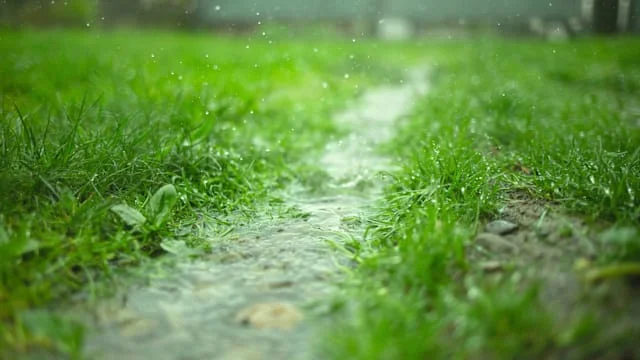
Will Florida’s Skies Turn Mother’s Day Upside Down?
As Mother's Day approaches, Floridians are bracing for more than just family gatherings and brunches—this year's celebrations could be overshadowed by a relentless wave of severe weather. With low-pressure systems churning across the Southeast, the Sunshine State faces heightened risks of flash floods and powerful storms, raising questions about safety and the broader implications for an already drought-stricken region.
The situation began intensifying over the weekend, as a sluggish low-pressure system dragged a cold front through Florida's Panhandle and northern areas. According to meteorologists, this system is funneling deep tropical moisture into the state, potentially dumping over 7 inches of rain in some spots by Monday. Saturday's storms have already brought damaging wind gusts exceeding 60 mph, hail, and even isolated tornadoes, affecting communities from the Panhandle to the northern edges of Central Florida. This isn't just a passing shower; it's a multi-day event that could disrupt daily life and provide much-needed relief from ongoing droughts—though at a cost.

Experts from the First Warning Weather team highlight that Sunday, coinciding with Mother's Day, will see scattered thunderstorms ramping up in the afternoon, particularly between 4 p.m. and 10 p.m. in Central Florida. Warm, humid conditions are fueling instability, with risks of hail, damaging winds, and minor flooding in low-lying areas. One meteorologist noted, "While the rain is welcome, our saturated grounds from recent dry spells mean even moderate downpours could lead to flash floods." This echoes concerns from the National Weather Service, where a Level 1 out of 5 severe weather risk persists, escalating slightly on Monday as the front advances.
Comparatively, Monday's forecast paints a grimmer picture, with widespread rain covering much of the peninsula and a slight increase in tornado potential. Rainfall totals could reach 1.5 to 2.5 inches, compounding flood risks in areas like Orlando and the southeast. This event stands out not just for its intensity but for its timing, potentially alleviating Florida's severe drought—parts of the state have seen little precipitation for weeks. However, the flip side is clear: compacted soil from the dry spell is hindering drainage, turning what should be a blessing into a hazard. Residents are advised to heed warnings like "Turn around, don’t drown," as even 6 inches of water can sweep vehicles away.

By Tuesday, drier conditions may finally arrive as the front exits, offering a brief respite before heat builds midweek. This weather pattern underscores the growing challenges of climate variability in Florida, where extreme events are becoming more frequent. As communities navigate these storms, the key is preparation and awareness.
In summary, this severe weather event not only threatens Mother's Day plans but also highlights the delicate balance between drought relief and flood dangers. What does this mean for Florida's future resilience? Share your experiences in the comments below and let us know how you're preparing—stay safe and connected by sharing this article with others.